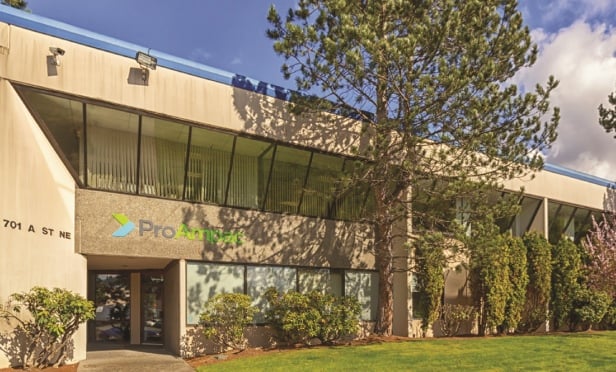[IMGCAP(1)]
IRVINE, CA—Focusing on the long-term best interests of clients is more important to Investment Property Group than closing the deal. IPG has closed nearly $300 million in transactions in the past 12 months, the vast majority of which have been 1031 exchanges looking to move up.
Partners Gary Tolfa and Chris Keramati tell GlobeSt.com that taking an advisory approach to doing business is a strategy that has worked for in maintaining and satisfying its long-term clients. Looking at the client's portfolio, figuring out whether it's debt or equity heavy and working to create a balance that benefits the client is IPG's MO. Keramati says investors used to be averse to the 1031 exchange, but this is changing. “People ask us, 'How are you doing so many 1031 exchanges?'” says Keramati. “We have a proprietary in-house system that allows us to be leaps above the competition. We show clients how we can find deals that are opportunities or off market—not just sitting on some other website.”
The firm has a strong Orange County presence and is looking to penetrate farther north into the South Bay and also down to San Diego. “We track every property, every owner in those markets to show clients how we can get them from point A to point B,” says Tolfa.
[IMGCAP(2)]
Interestingly, the firm doesn't find many major challenges being a smaller brokerage firm. “To be honest with you, our biggest competition is Marcus & Millichap, CBRE and Hendricks & Partners,” says Keramati. “Unless we go after a larger institutional building, there aren't a lot of challenges from our perspective. Our only challenge is with those who want to go with the big national firms.”
However, the relationship between interest rates and cap rates could present a challenge as the economy shifts, the partners say. “I think it's kind of a Catch-22,” says Keramati. “Interest rates will be increasing, and hopefully rent growth will follow. If that occurs, we should be fine. If the interest rate grows higher than rent growth, that could be a problem. Or, like in 2005 when cap rates were lower than interest rates—that could impact our business in respect to cash flow. It also would have an impact on overall volume, putting people at a standstill.”
Tolfa says he advises clients to keep investing in Southern California, saying it's still a good place to put your equity. “Also, some investors don't understand other submarkets. They may look good on paper, but when they get there they see the rental market is not affording it.”
The pair realize that there are risks in 1031 and make a point of explaining them to their clients. “As long as they're realistic and understand the risks, they're fine,” says Tolfa. “I'll tell a client to hold a property if it's not going to be advantageous to them to sell. When it makes sense to do the exchange, then do it.”
© 2025 ALM Global, LLC, All Rights Reserved. Request academic re-use from www.copyright.com. All other uses, submit a request to [email protected]. For more information visit Asset & Logo Licensing.







